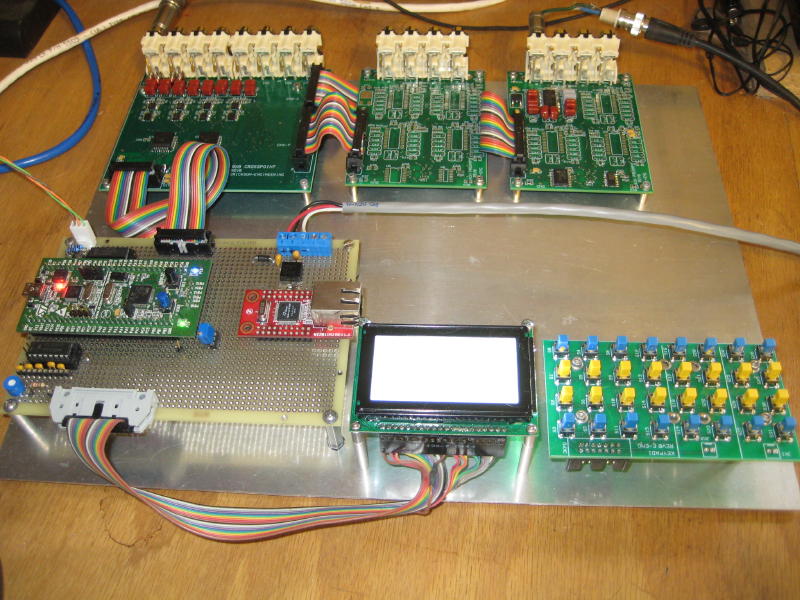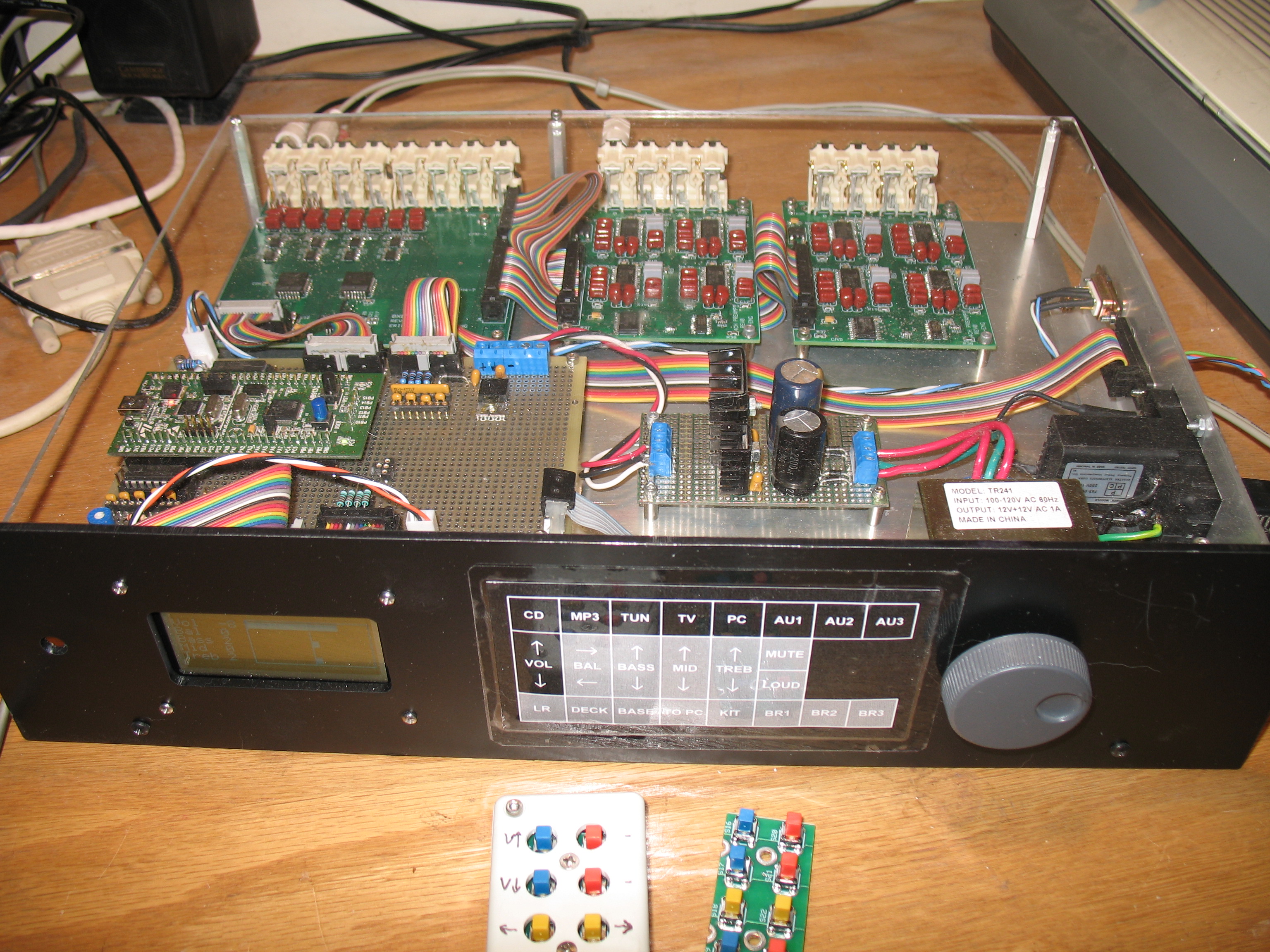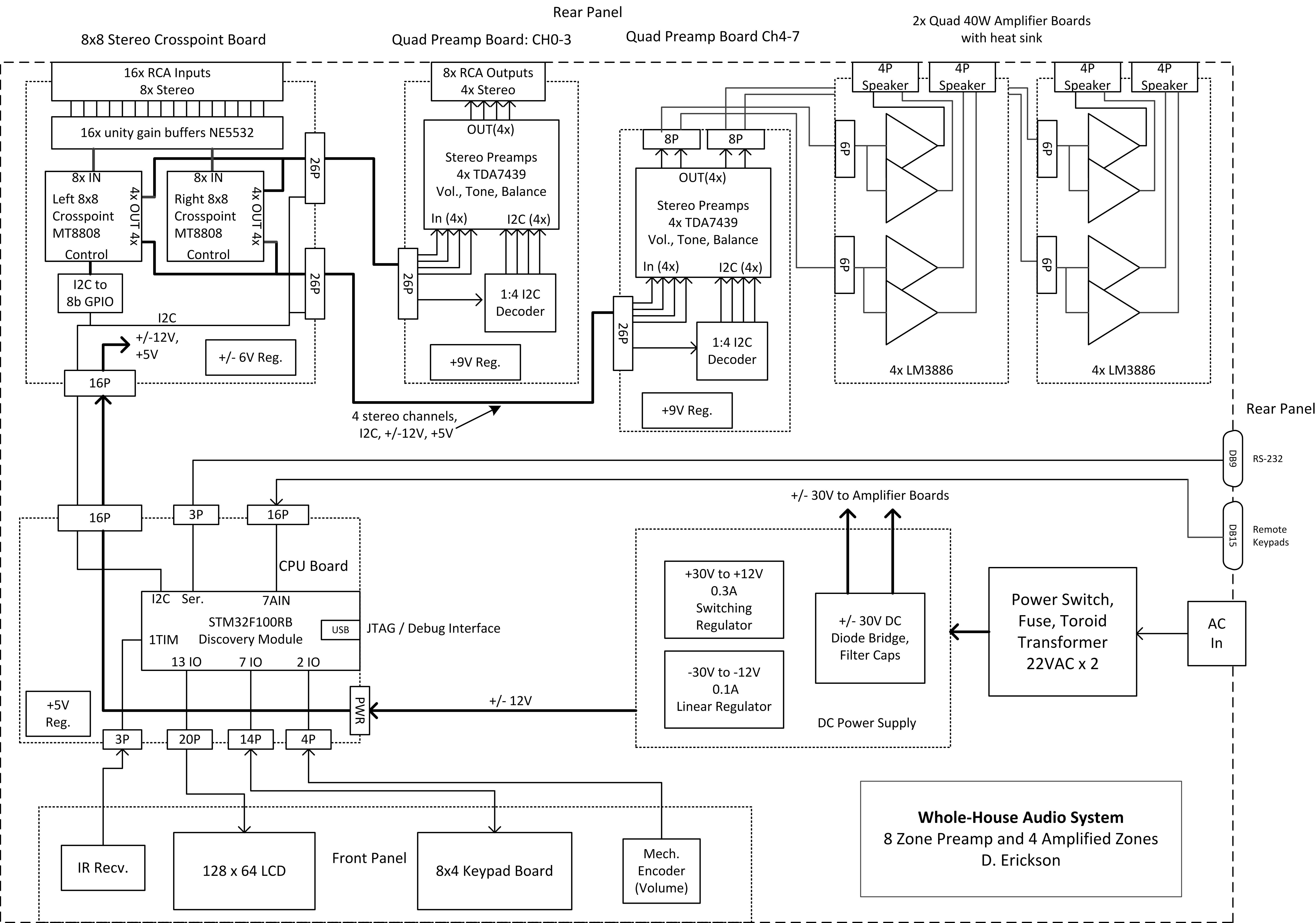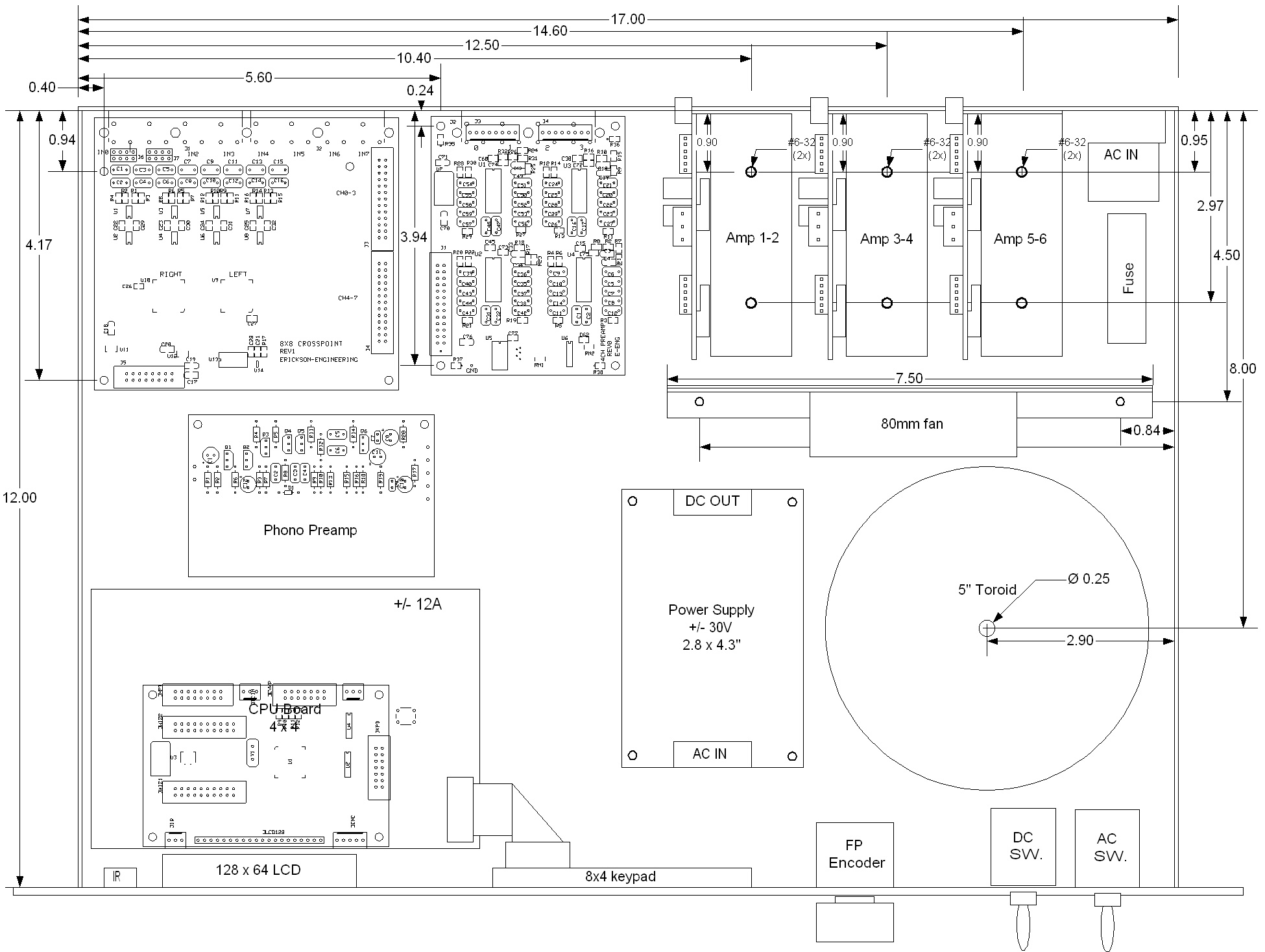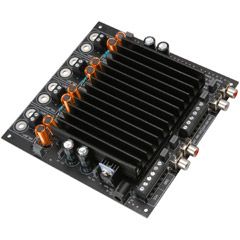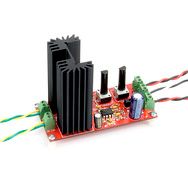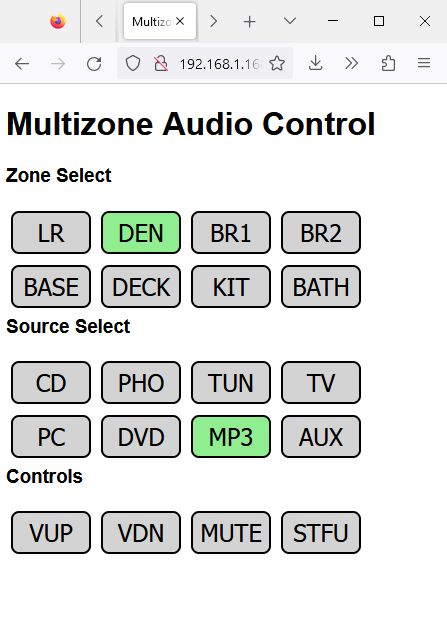Multi-Zone Stereo Page
STM32 Design Contest
Entry
This
project will be published
in Circuit
Cellar Magazine Jan. / Feb. 2014 issues
The Schematics and PCB
files are here
The STM32F embedded
code is here

